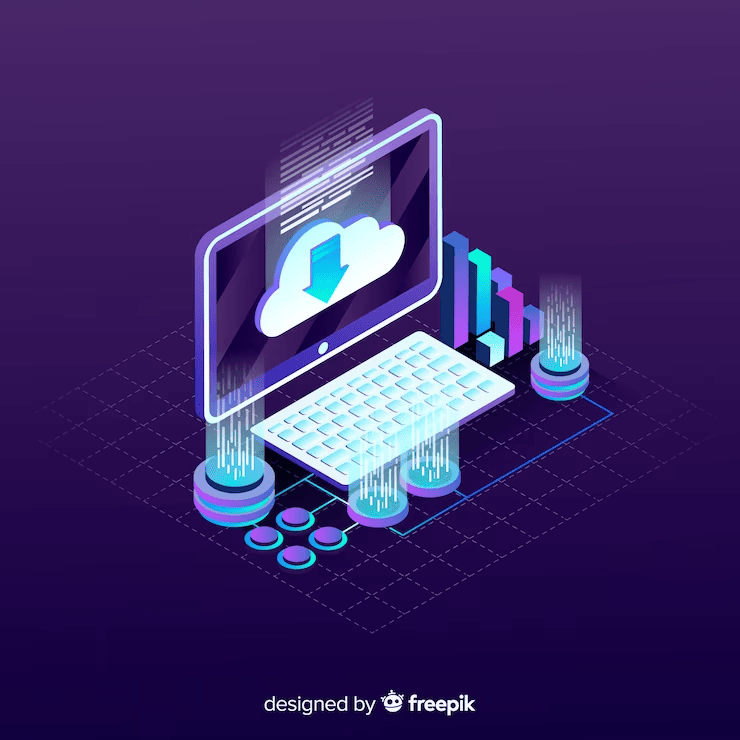As businesses increasingly rely on cloud computing for their operations, managing the associated costs has become a significant concern. Many organizations are struggling with rising public cloud expenses and actively looking for ways to optimize their cloud usage without compromising performance. This article explores various strategies that can help save money on your cloud bill while efficiently meeting your business needs. Embrace the cost optimization techniques discussed here to effectively manage cloud costs and maximize your investment.
Understanding Your Cloud Billing Model
Before exploring cost-saving techniques, it is essential to gain a thorough comprehension of your cloud service provider’s billing practices. Different providers adopt diverse billing models like pay-as-you-go, spot pricing, and reserved instances. Understanding the specifics of your billing model empowers you to identify potential areas for effectively optimizing costs.
Identifying Cost-Saving Opportunities
Analyzing Cloud Computing Usage
To begin optimizing your cloud expenses, closely examine your cloud computing usage patterns. Identify areas where you might be overprovisioning resources or running idle instances. By understanding your usage trends, you can make informed decisions about scaling up or down based on actual needs.
Right-sizing Resources
Right-sizing your cloud infrastructure involves aligning your resource allocation with the actual requirements of your applications. Downsizing instances that are overpowered for their tasks can lead to substantial cost savings without sacrificing performance.
Spot Instances and Savings Plans
For non-critical workloads with flexible time constraints, utilizing spot instances and savings plans can significantly reduce costs. Spot instances offer spare cloud capacity at lower prices, while savings plans allow you to commit to a consistent usage level for cost benefits.
Consolidating and Optimizing Your Cloud Usage
Resource Consolidation
Consolidating your resources by using multi-tenant environments or serverless architectures can help optimize costs. This approach enables you to maximize resource utilization, reducing the number of instances needed and, consequently, the expenses.
Serverless Computing
Serverless computing allows you to execute code without provisioning or managing servers explicitly. Embracing serverless technologies can lead to cost reductions as you pay only for the computing resources used during code execution.
Data Storage Optimization
Regularly review your data storage strategy to eliminate redundant data and use the appropriate storage class for different data types. Opt for archiving or infrequent access storage options for data that doesn’t require real-time access, which can lead to substantial savings.
Leveraging Reserved Instances and Savings Plans
Reserved Instances (RIs)
If your workloads have predictable usage patterns, purchasing reserved instances can result in significant cost savings. RIs offer a discount for committing to specific instance configurations for a term, which can lead to substantial reductions in your cloud bill.
Savings Plans
Savings plans provide a flexible payment option for committing to a consistent amount of computing usage, regardless of the instance family or operating system. This provides cost savings while still offering the freedom to adapt to changing requirements.
Automating and Scaling Your Cloud Infrastructure
Auto Scaling
Implementing auto-scaling for applications ensures optimal resource utilization. This automation facilitates scaling up during peak periods and scaling down during quieter times, leading to cost optimization.
Infrastructure as Code (IaC)
Adopting Infrastructure as Code (IaC) enables individuals to manage and provision cloud resources programmatically. By expressing the infrastructure in code, one can automate the provisioning process and ensure consistency across deployments. This approach reduces manual effort and mitigates potential errors.
Using Cloud Cost Management Tools to Monitor and Report Spending
Cloud Cost Management Platforms
Cloud cost management tools offer valuable insights into cloud spending. These platforms provide cost allocation, usage tracking, and spending forecasts. By leveraging these tools, you can make data-driven decisions to effectively optimize your cloud costs.
Real-time Monitoring and Alerts
Real-time monitoring implementation and the setup of alerts for unexpected cost spikes are employed. This proactive approach aids in the early detection of potential cost issues, allowing prompt corrective action to be taken.
Conclusion
Effectively managing your public cloud bill is crucial for any business leveraging cloud computing. By understanding your cloud billing model, optimizing cloud usage, and adopting cost-saving strategies like leveraging reserved instances, automating infrastructure, and using cloud cost management tools, you can ensure your cloud infrastructure is cost-efficient without compromising performance.
Remembering to stay on top of your cloud infrastructure’s cost management is crucial. Not only will it save you money, but it will also allow for the efficient allocation of resources and support the long-term growth of your business. Finout is ready to assist you in navigating the complexities of cloud cost optimization, ensuring that you derive maximum value from your cloud infrastructure. Embrace the joy of saving costs!




